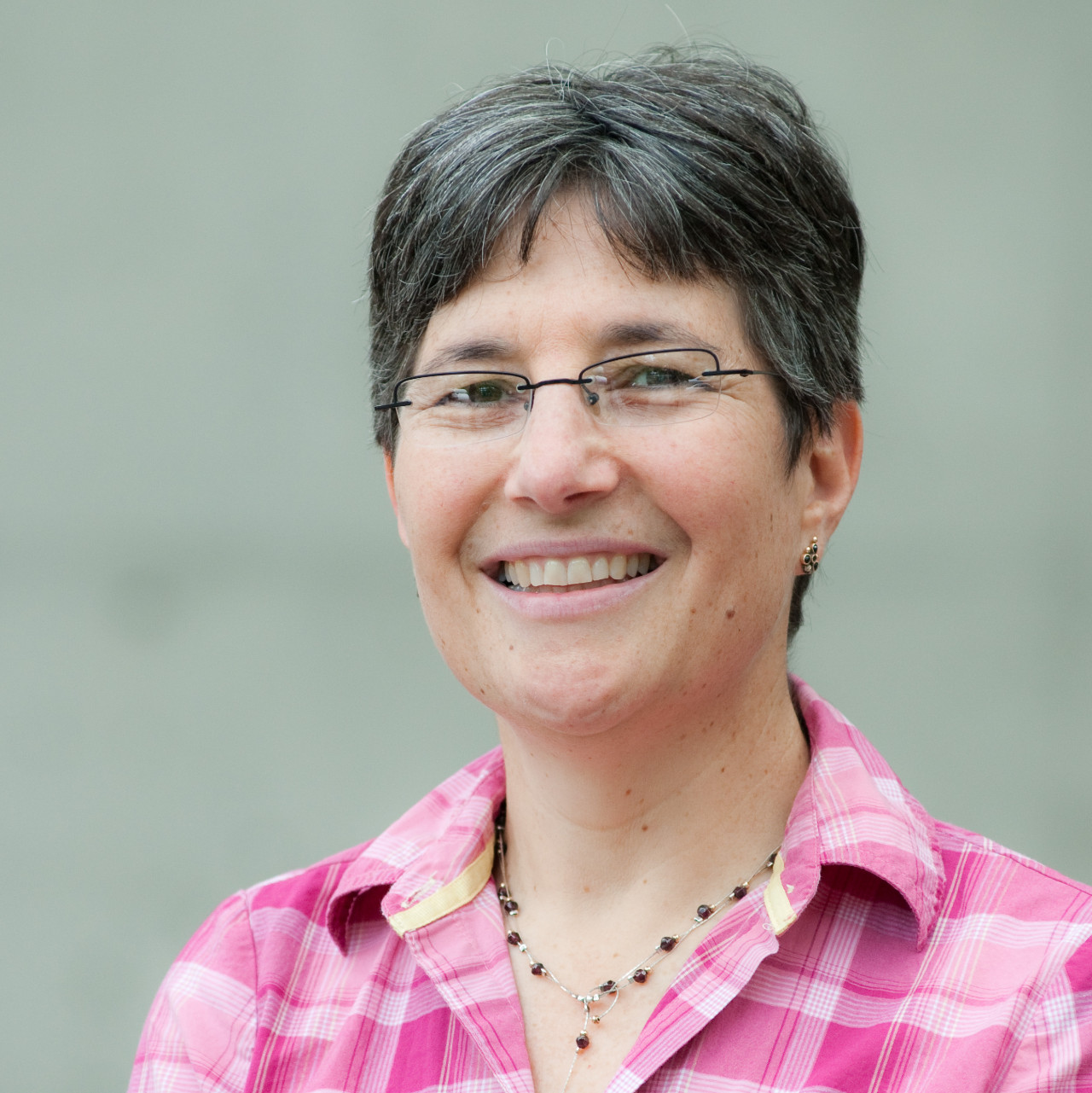
Professor
phone: 604–827–3392
tal.jarus@ubc.ca
Profile
I believe everyone has the right to be an occupational human being. “The personal is political” – whether I am playing basketball, biking, cooking with my children, reading, watching a movie with my partner, talking to my mother, working on a research project, or marking an assignment – I am always occupied. I believe that everyone has the right to participate in meaningful occupations.
Our world is facing serious problems that affect the occupational performance of many people: violence, wars, chronic diseases, unemployment, poverty, and lack of acceptance and tolerance toward groups of people who differ from us. I am interested in looking at the relationship between the person, the environment and the occupation, to enhance health and well being of individuals and of society as a whole. That’s why I am an occupational therapy scientist!
Research
My research stem from disability studies, focusing on investigating barriers to full participation of diverse groups of people with disability. My primary areas of research are:
- Diversifying the health and human service professions, and the transition into and out of university for students with disabilities, in particular looking at the facilitators and barriers for the participation of students and clinicians in the health and human service professions
- Investigating occupational performance, participation, health and well-being, including the development of a few participation measures for both adults and children (including the Adult Subjective Assessment of Participation [ASAP] and the Children Participation Questionnaire [CPQ]), as well as environmental effects on participation
- Examining the use of technology in rehabilitation. Current projects include the facilitators and barriers for the participation of students and clinicians in the health and human service professions (CIHR funded); participation of people who are legally blind; and the development of a virtual reality platform to facilitate the social participation of children with autism.
I use innovative techniques in my research, including art, such as photovoice or photojournalism.
Teaching
I believe that teaching methods should be appropriate to the new demands health professionals are constantly called upon to meet – from managing complex client situations, to adapting to changes in health care policy and delivery, to accessing multiple sources of information, to taking responsibility for their own ongoing professional development.
I maintain that OT education should be based on principles of self-directed and active learning – students should take primary responsibility for learning and be able to determine their own learning goals and strategies, while the faculty’s role is to facilitate learning, by focusing on the process of gaining new knowledge, not just the memorization of facts.
I enjoy supervising graduate students in research projects tremendously, which I see as a critical step in preparing evidence to guide and shape OT practice.
Graduate and Postdoctoral Research Opportunities
Current Research Graduate Students
I am currently supervising one PhD student, and I am also on the committees of three additional students.
Future Research Graduate Students
I am accepting applications from students interested in research MSc and PhD programs. Visit the Rehabilitation Sciences Research Graduate Programs Website for more information.
Affiliations
- Member, Canadian Association of Occupational Therapists (CAOT)
- Member, American Occupational Therapy Association (AOTA)
- Member, World Federation of Occupational Therapists (WFOT)
- Member, College of Occupational Therapists of British Columbia (COTBC)
Select Publications
*link to articles provided when possible*
Rand, D., Ens, E., Neil, A., Pelletier, B., Jarus. T. Eliciting upper extremity movement by playing video games – Nintendo Wii vs. Sony PlayStation EyeToy: implications for stroke rehabilitation. Accepted July 23, 2012 for publication in the European Journal of Physical and Rehabilitation Medicine.
Rosenberg, L., Bart, O., Ratzon, N., Jarus, T. Personal and environmental factors predict participation of chilren with and without mild developmental disabilities. Journal of Child and Family Studies. DOI 10.1007/s10826-012-9619-8 (published online 24 June, 2012).
Lal, S., Jarus, T., & Suto, M. J. (2012). A scoping review of the photovoice method: Implications for occupational therapy research. Canadian Journal of Occupational Therapy, 79, 1-5. doi: 10.2182/cjot.2012.79.3.8
McLean, A., Jarus, T., Hubley, A. M. Jongbloed, L. (2012). Differences in social participation between individuals who do and do not attend brain injury drop-in centres. Brain Injury, 26, 83–94.
Jarus, T., Lourie-Gelberg, Y., Engel-Yeger, B, Bart, O. (2011). Participation patterns of school-aged children with and without DCD. Research in Developmental Disabilities. 32, 1313-1331. doi:10.1016/j.ridd.2011.01.033
Jarus, T, Anaby D, Bart O,. Engel-Yeger B., and Law, M. (2010). Childhood participation in after-school activities: What is to be expected? British Journal of Occupational Therapy, 73(8), 344-350.
Rosenberg, L., Jarus, T., Bart, O. (2010). Development and initial validation of the Child Participation Questionnaire. Disability and Rehabilitation, 32, 1633–1644. DOI: 10.3109/09638281003611086
Anaby, D, Jarus T, Backman, C., and Zumbo, B.D. (2010). The role of occupational characteristics and occupational imbalance in explaining well-being. Applied Research inQuality of Life, 5, 81-104. DOI 10.1007/s11482-010-9094-6
Jarus, T., Ratzon, N. (2005). The implementation of motor learning principles in designing prevention programs at work. Work, 24, 171-182.
Jarus, T., Barnea, R., Waserlauf, N., Burtz, L., Yakoel, S., Gal On, I., Peleg. L., Grinbaum, S. (2005). The development of the Israeli Adults Assessment of Participation. The Israeli Journal of Occupational Therapy, 15, H93-H111.